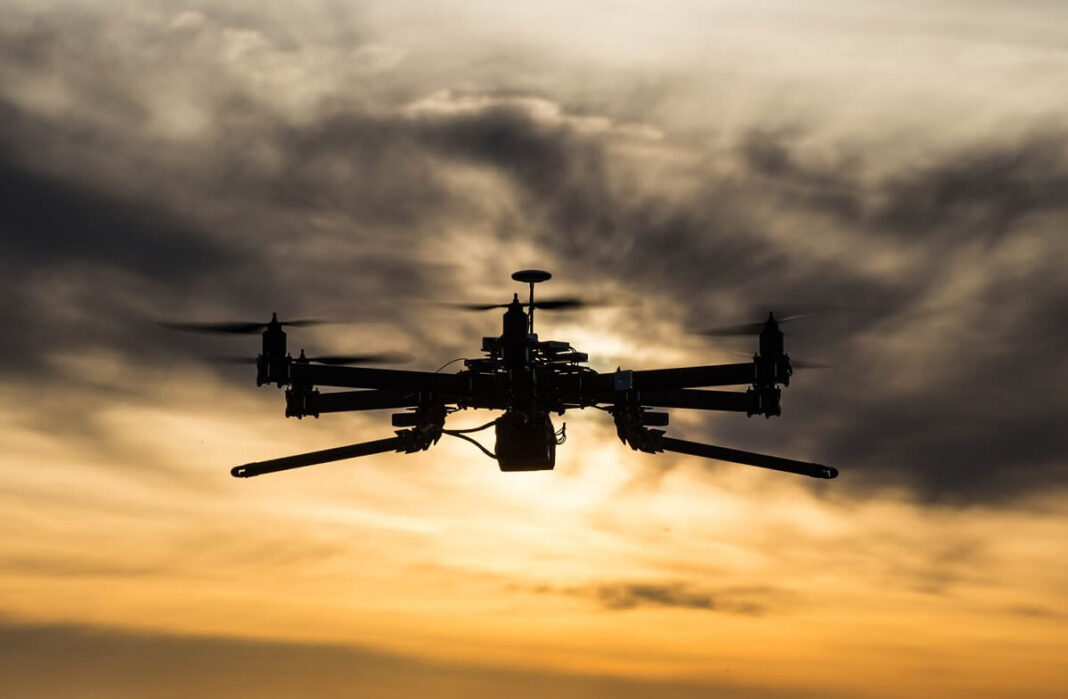Flying drones is no longer a casual activity. From real estate visuals to agricultural work, drones now support critical tasks across both personal and professional spaces. Many operators fail to consider the risks until a crash or incident interrupts everything.
That is where aviation insurance assumes a more significant role. It becomes essential when damage, injury, or theft occurs during regular flights. Here, it explains how this coverage helps drone users protect their equipment, maintain control, and avoid costly disruptions in the event of an issue.
-
Protection from Flight Damage
Drones can be damaged mid-air due to signal loss, sudden impact, or technical failure. A routine flight can quickly turn into a repair job if the equipment hits a surface or malfunctions while landing. These events are often unpredictable and expensive to handle without structured support.
Having insurance from a trusted provider means repairs or replacements do not need to come out of pocket. This is especially helpful when using advanced drones or carrying mounted accessories. With this coverage in place, operators can resume flights without prolonged delays. It enables workflows to continue uninterrupted without requiring major budget adjustments or equipment downgrades. For those who use drones regularly, this level of consistency is essential.
-
Third-Party Risk Coverage
Mistakes that happen during flights in public or shared spaces can quickly lead to legal challenges and financial stress. A drone clipping a car or falling near a person can result in claims that are difficult to handle without assistance. The consequences often go beyond minor repairs.
Liability support is helpful in situations where someone is injured, or property is damaged. This type of protection becomes important when operating in busy or restricted zones. Even careful flyers benefit from this added security when navigating crowded areas. It minimizes exposure to lawsuits, settlement costs, and service disruptions that can otherwise harm long-term operations.
-
Reliable Support for Professionals
Professionals who fly drones for client work often manage strict deadlines, technical standards, and delivery commitments. One accident can affect not only equipment but also timelines and project outcomes. Having a safety net helps avoid unwanted interruptions that could impact reputation.
Coverage that supports professional use ensures that work can continue after unexpected incidents. Flights backed by coverage provide greater assurance during tasks like mapping, site inspections, or media projects. This matters more when clients expect consistency and speed. It reinforces operational reliability across projects and protects against delays that could otherwise affect long-term business relationships.
-
Theft and Loss Included
Drone gear is compact, easy to transport, and often carries a high price tag, making it a frequent target for loss or theft. During travel, events, or on-site use, equipment can be stolen or lost in moments. Recovery becomes difficult without proper protection in place, especially when backups are not immediately available.
Coverage for theft or loss offers practical value for frequent movers and outdoor flyers. It applies to drones and all essential components, such as controllers or mounted technology. Replacing these through support avoids long breaks in use or additional personal costs. It prevents costly delays in operations and protects against setbacks that can disrupt scheduled activities.
-
Confidence in Daily Use
Flying regularly increases risk exposure, regardless of the operator’s skill. Even routine checks cannot always prevent a technical glitch or interference mid-flight. Staying prepared is part of responsible flying and helps reduce hesitation during high-frequency use.
Having strong coverage allows flyers to focus fully on performance. It builds confidence during each launch, especially in new areas or when the weather changes. This level of control is useful for both personal users and field operators working under pressure. Coverage acts as a safeguard in unpredictable conditions or unfamiliar locations. With fewer doubts during flight, precision and focus remain steady.
Aviation insurance plays a crucial role in mitigating the operational risks associated with drone use. It provides structured protection when equipment, surroundings, or outcomes are at stake. Steady flight operations depend as much on planning as they do on precision. So, if you are a drone operator, consider getting yourself an appropriate insurance plan.


